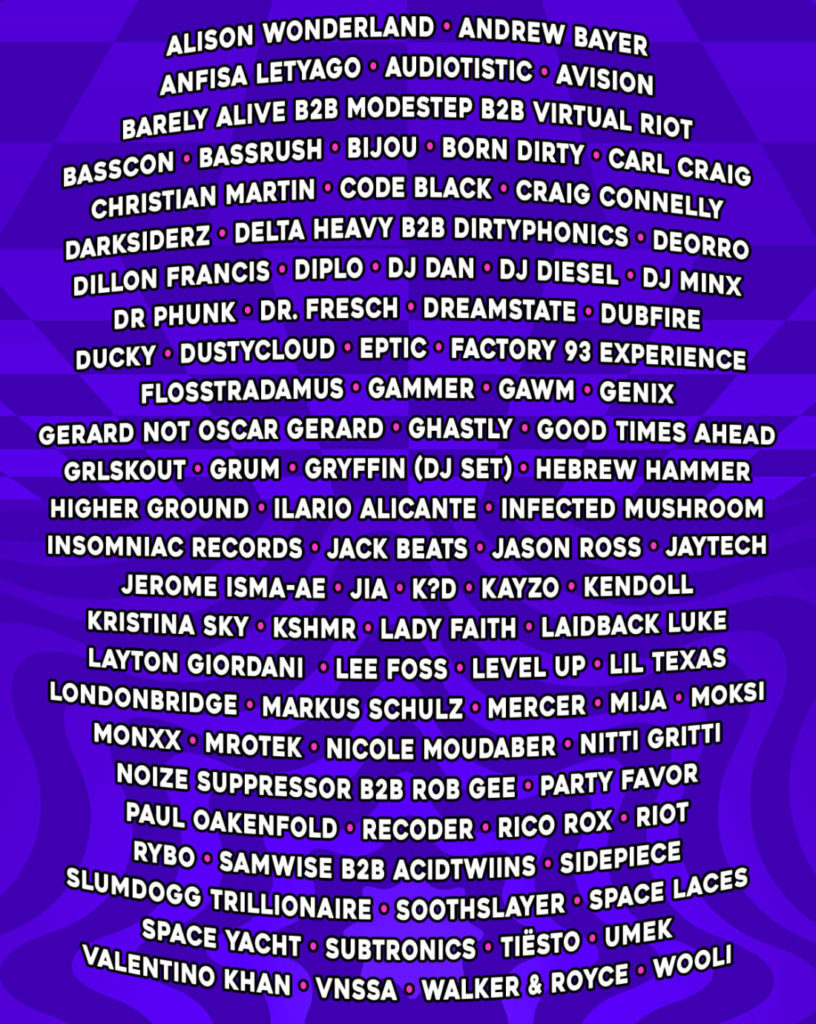

listing, they may have to wait for further clarification, stricter scrutiny and pre-approval from different regulators and authorities," said Bruce Pang, macro & strategy research head at China Renaissance Securities. Music analysis is like English Literature but with music - we look at scores and performances, and work out ways to interpret them.LinkDoc's decision to suspend its $211 million IPO, first reported by Reuters, is likely to be followed by others, analysts said, although they noted that U.S. With history, we look at music as part of society and culture. How has music been used in the past, and what have the consequences been? What powers does music have - for good or bad? We often think about music as a positive thing, and it very often is. It can bring people together and have incredible benefits for wellbeing and health.

But it can also be used to divide people, and in extreme cases has been used for torture. I’m thinking about music in Guantanamo Bay and other interrogation camps. Researchers have shown that music has been used for both physical torture (played very loudly and persistently for sleep deprivation), and psychological torture (as a means of identity erosion, for example, playing sexually explicit music to those who believe that it is a sin to listen to such music). We try to look at how music both shapes and is shaped by the society we live in. I’m fascinated by the lesser-known stories from music history. Why have they been forgotten - and what happens when we insert these stories back into our current understanding of music history? That’s what led me to specialise in two areas: Nordic music, and theatre music. My research asks why Nordic music is lesser known than, say, German or French music from the same period, and what was actually going on musically in the Nordic countries.Īs a listener, I fell in love with Sibelius’s music as a researcher, I fell in love with the number of unanswered questions there are about Nordic music. Sibelius is probably the composer I listen to most. His works have a rare depth that keeps me endlessly intrigued. More recently, though, I’ve been really getting into the music of Amanda Röntgen-Maier, Erkki Melartin, Ole Buck, and Helena Munktell. What kind of music was performed, who wrote it, and why has it been forgotten? What does this tell us about how we’ve previously been prioritising when we look at music history? They’re four extremely different composers, and each fascinating in their own way.Īnd I’m exploring what theatre music was in the early 20th century. When I was studying for an undergraduate module on Scandinavian music, I found a reference to some of Sibelius’s theatre music. It struck me as odd that he seemed to have written quite a bit, but, though he’s such a famous composer, I’d certainly never heard of it, and I’d never seen it discussed in detail. By comparison, there are entire books dedicated to his symphonies.


 0 kommentar(er)
0 kommentar(er)
